Tragic tales amongst the untold history of a forgotten army camp
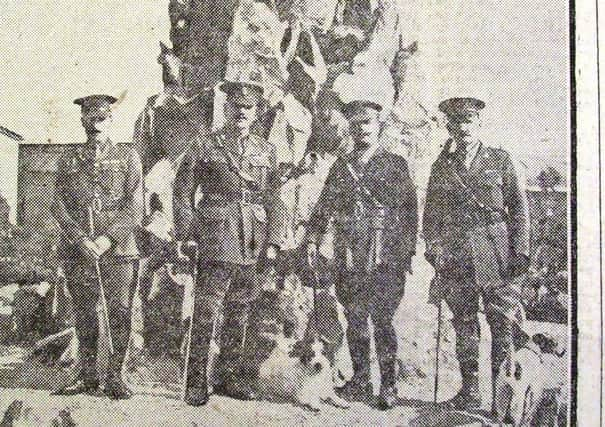

They recently came across an old newspaper clipping “about a memorial built within a now forgotten Great War army camp in Newtownards,” Gavin explained.
Built for the men of the Irish Command Labour Corps (ICLC) the camp is “no longer in existence” Gavin continued, “and we don’t know where the memorial is, or whether it still exists.”
But they’re filling in the gaps!
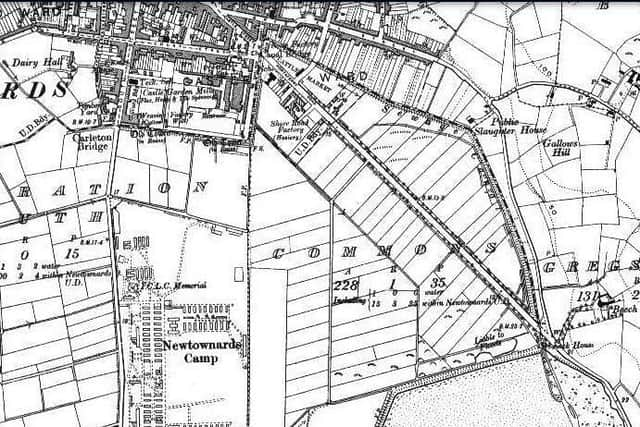

Advertisement
Hide AdAdvertisement
Hide AdBelfast-builders Campbell and Sons of Ravenhill Road got the contract to construct the camp in late 1914 and advertised for “galvanised iron fitters for Newtownards Camp”.
The work was overseen by James Sinclair Jackson, from Swiney, Ferguson and Croasdaile of Royal Avenue. Jackson later joined the Royal Engineers and was wounded in 1916.
In February 1915, Major-General Friend, Commander-in-Chief of the Forces in Ireland, inspected the men of the 12th Battalion Royal Irish Rifles at the camp.
Though far from WWI’s front lines, the camp wasn’t immune from tragedy. Rifleman William James Bacon from Portrush died of influenza and pneumonia in Newtownards Workhouse Infirmary on February 6, 1915. He was buried, with full military honours, near his home in Ballywillan Cemetery.
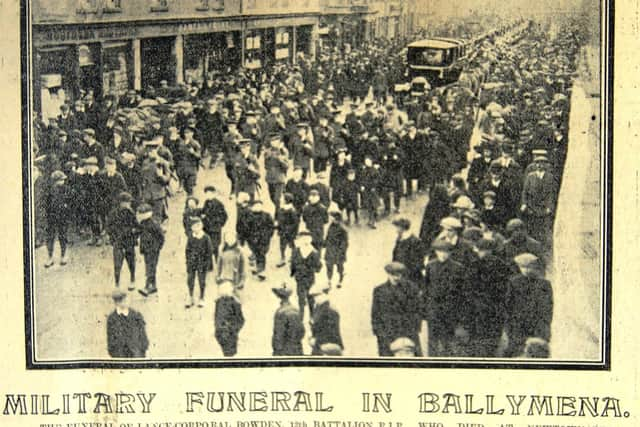

Advertisement
Hide AdAdvertisement
Hide AdAn outbreak of scarlet fever claimed the life of 19-year-old Lance-Corporal John Bowden in Newtownards Fever Hospital on April 1, 1915. He was buried, with full military honours, near his Harryville home in Ballymena New Cemetery on April 3.
In the same month, Regimental Librarian John Cooper lost the sight of an eye, struck by a stone chip from road-building in the camp. Discharged from the army, John had to support his wife and six children on a weekly allowance of 12 shillings and sixpence.
In September 1915, the 6th (Inniskilling) Dragoons’ Service Squadron - the Ulster Division’s cavalry unit - relocated to Newtownards Camp prior to deployment in France, and the Catch-my-Pal (total abstinence) organisation built a recreation hut.
The camp became a training base for the Ulster Division’s reserve battalions in 1916.
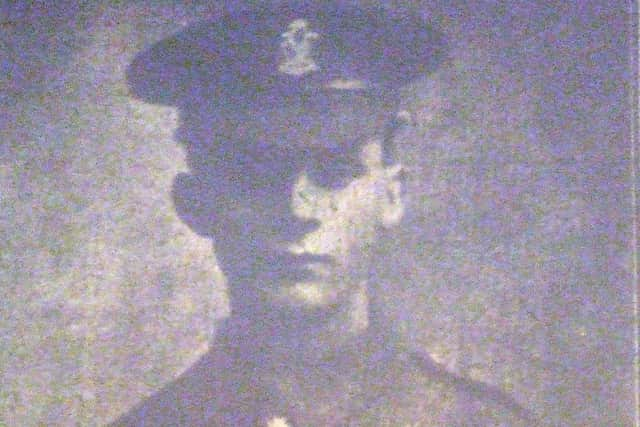

Advertisement
Hide AdAdvertisement
Hide AdOn December 17, 1917 there was a tragic accident. Men from the 19th Battalion Royal Irish Rifles were practising bomb-throwing, led by 20-year-old Corporal Leonard Parker, recently invalided from the Western Front.
Parker, a Londoner, died instantly when a bomb exploded prematurely, and two officers, Major Hall and Lieutenant Currie, were seriously injured. Hall died of his wounds later that day.
By 1918 the camp was the home base of the Irish Command Labour Corps (the ICLC), remaining so until late 1919.
The memorial to ICLC men who’d served in WWI (pictured in the newspaper cutting behind four officers and their dogs) was erected in September 1919 near the camp’s recreation ground.
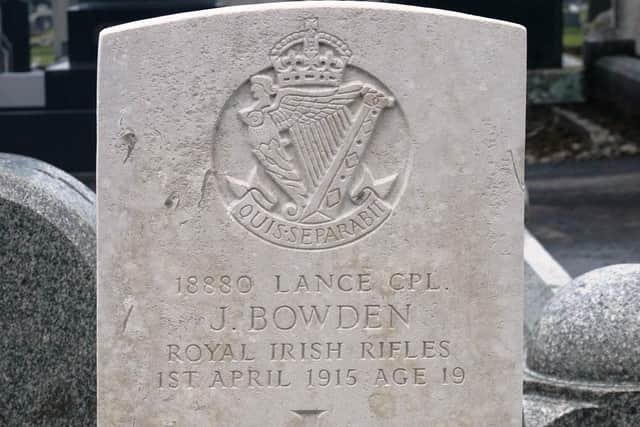

Advertisement
Hide AdAdvertisement
Hide AdThe monument and the camp are captioned on an old Ordnance Survey map but little is known about either, nor are there any visible remains of the camp today.
In the early 1920s, the camp became the training depot for the RUC and Ulster Special Constabulary and in January 1921 famous WWI evangelist, Captain Gipsy Pat Smith, addressed over 400 men in the camp’s the YMCA hut.
Throughout the 1920s the grounds were used for shooting competitions and sporting events by the police.
In August 1921, a fatal incident occurred when three Specials returned from Ballygowan. Approaching the camp gate their car slowed but one of the camp guards fired a shot which hit 27-year-old Special Constable Thomas Reid. Thomas was treated by camp medics before being transferred to the Royal Victoria Hospital, where he died on July 31.
Advertisement
Hide AdAdvertisement
Hide AdAnd there was very sad incident in May 1922. Sergeant William Lamont’s 33-year-old wife Martha died in their family home in Fourth Street, Belfast, on May 5, 1922, and the news was relayed to the Newtownards Army Camp guardhouse the following morning. Sergeant Blythe, on duty in the guardhouse, called at Sergeant Lamont’s quarters to deliver the sad news and noticed a strong smell of gas.
William was lying prone on the floor. Sergeant Blythe, Sergeant Major Cherry and Sergeant Barnes of the Royal Army Medical Corps attempted artificial respiration, but to no avail.
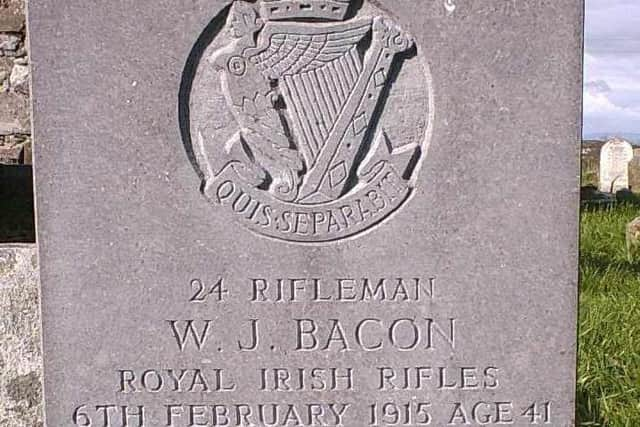

Dr Jamison, the camp’s Medical Officer, gave evidence at the Coroner’s Enquiry that William had died of asphyxia caused by gas poisoning.
William and Martha Lamont are buried in Belfast City Cemetery’s Glenalina Extension.
Advertisement
Hide AdAdvertisement
Hide AdWhilst the camp continued to be used for shooting competitions and training purposes by the British Army (e.g., 300 men of the London Irish Rifles were quartered there in July 1931 before moving to Victoria Barracks, Belfast), the numbers of men stationed in the Newtownards establishment declined.
In March 1926, the Minister of Home Affairs made a statement about the camp in response to a written question from Major David Graham Shillington, MP for Armagh. The Minister reported that the Newtownards site was held on a yearly lease from the War Department at an annual cost of £1,080.00, and that 145 men, including 20 Special Constables, were based there. The Minister said that the lease could be cancelled by either side at six months’ notice. Following the creation of the airfield at Newtownards in the mid-1930s, and the outbreak of the Second World War, the camp returned to military duty, “but that is another story” states History Hub Ulster on their excellent website at http://historyhubulster.co.uk/